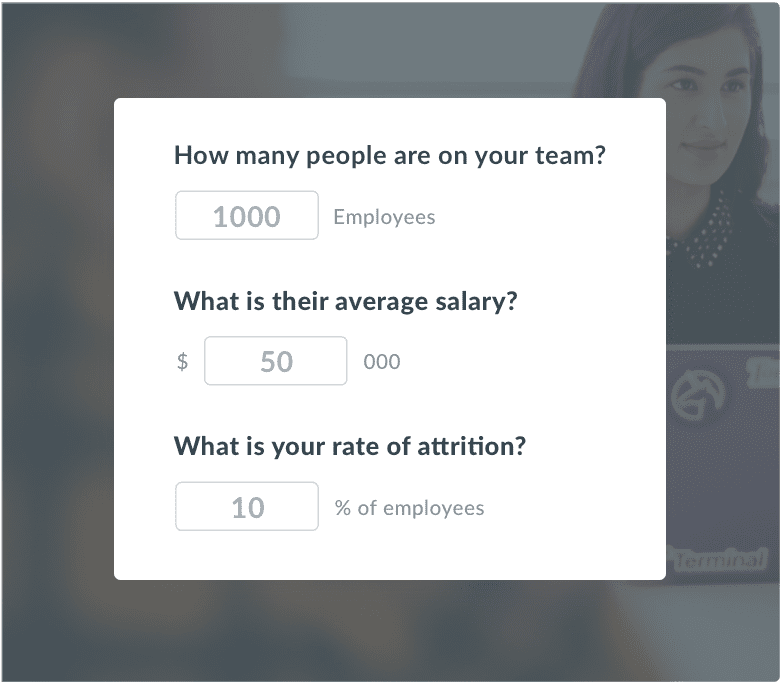Large numbers of working women were sidelined during the pandemic, either voluntarily or because of job cuts and lack of child care. Statistics showed that, from February to December 2020, the number of women’s jobs fell by more than 2 million with 1 million of those being mothers.
As a result of these job losses, the post-pandemic workforce is less diverse than it was at the beginning, which is a problem not just for workers, but for businesses. A narrower pool of talent creates a narrower pool of ideas and perspectives, and if segments of the public aren’t represented on staff, companies may lose touch with corresponding segments of their clientele.
To keep this from happening, it’s not enough simply to “not discriminate” in hiring (though that’s necessary). Businesses also need to actively recruit women and make them feel comfortable returning to the workplace — especially if they’ve found reasons to stay at home, either as mothers or independent entrepreneurs. Here are a few ideas on how to do that.
Offer Returnships
Returnships are programs for individuals who left the workforce temporarily, for whatever reason, but now find themselves entering the workforce again. Most of the participants are women.
Returnships don’t just benefit potential employees and support women, they help employers uncover talent they may not have known existed. In the recruitment and hiring stages, many companies overlook résumés with gaps in an applicant’s work history and therefore miss out on talent that could help them. Because women can be disproportionately affected by this phenomenon as the primary caregivers in their households, it can result in a less diverse workforce.
Of course, this challenge existed pre-pandemic. A Hewlett-Packard study found that women don’t typically apply for a job unless they think their qualifications are a perfect match, because they don’t think they’ll get the position. Returnships help bridge that gap, offering an 85% hiring rate. They offer a way for companies and potential employees to take each other out for a test drive and see whether they’re a good fit.
Offering a way to return to work also enhances a company’s reputation as a good place to work and boosts employee loyalty because it’s clear businesses that provide them care enough about workers to seek them out and train them, rather than just letting résumés come to them.
Companies offering returnships include Accenture, Amazon Web Services, General Motors, Goldman Sachs, IBM, Microsoft, NBCUniversal, and PayPal. If your company isn’t offering such a program, it may put you at a competitive disadvantage.
Provide Mentorship
Mentorship programs are a tool that can benefit women, but also a tool that has been underutilized, especially with regard to women. Your company can show it’s invested in its workers by offering one.
A 2019 study showed that 63% of women had never had a formal mentor, yet 3 out of 4 women who work for businesses that do provide mentorship programs accept those opportunities when they’re offered.
That’s a major disconnect, not just because women are missing out, but because businesses are, as well. Another study showed that mentorships bolstered retention rates for women, women of color, and minorities from 15% to 38%. Not only does that increase diversity in the workforce, it also protects your investment: The time and money you spend on training will go to waste if employees leave because they don’t feel they’re wanted.
Be Flexible
The pandemic created a burden on working mothers by forcing many to choose between staying home with their children and continuing their careers, at least in the short term.
In order to bring them back into the workforce, you’re going to have to offer a way to meet that need. One way to do so is by offering more flexible schedules. That could mean scheduling them to work weekends so they get some time off during the week with their kids, or offering a 4-10 schedule (10 hours a day, four days a week). Or, if employees were able to balance career and motherhood effectively through the pandemic by working from home, it’s not a bad idea to offer a remote working option permanently. In fact, women with childcare needs are less likely to leave the workforce if they can work remotely, according to a recent report.
Address Child Care
Speaking of childcare services, if your company offers in-house daycare, you’ll have a leg up on many others.
Even if you don’t have child care on-site, you can help mitigate the challenges facing working moms. For example, Bank of America offers 16 weeks of paid leave for birth or adoption, plus reimbursements of up to $240 a month for childcare. At Prudential Financial, parents get daycare discounts and 200 hours of subsidized care a year. Some locations do offer on-site facilities, as well.
Another option you can provide is a Flexible Spending Account (FSA). These accounts, provided through employers, allow working parents to save 30% on their federal taxes for childcare expenses.
Open Doors
It’s important to any employee that their voice is heard and that there’s an opportunity for advancement once they’ve started working.
Unfortunately, the glass ceiling is anything but a myth. In 2018, women made up just 12.5% of chief financial officers at Fortune 500 companies, less than one-third (30%) of college presidents, and only 22.7% of law partners.
Empower the women on your staff to make decisions and be creative.
If women don’t feel they have a voice in your company, they’re less likely to stay. That may be one reason many are choosing to stay at home and start independent service, sales, and consulting businesses. It’s important to remember that your competition for talent isn’t just with other large businesses, it’s with the freedom that entrepreneurship offers women to call their own shots.
Pay Fairly
One way to attract and retain high-quality employees is to pay them what they’re worth, yet companies often fail to do just that when it comes to women.
According to data from 2018, women earn just 82 cents for every dollar men earn. If you expect women (or any worker) to find your company attractive as a potential place to work, you’ll need to pay them a wage that reflects their value to you and enables them to pursue their financial goals.

Offer Benefits
Offering an attractive financial package doesn’t stop with salary, either. A strong benefits package with good health coverage (including for health issues more likely to affect women), a good retirement plan, family leave, and vacation time is important to attracting and keeping the best employees.
Offering opportunities to make your employees’ personal lives better helps too. Employees benefit from wellness programs that include discounts on gym memberships and rewards for achieving a healthy lifestyle.
Financial counseling can help, too. The pandemic created hardship for many women, and people in general. Helping them navigate that can show you care about them as more than just workers. Budgeting effectively and building good credit can reduce the stress that can interfere with work, especially if an employee is struggling to rebuild their financial situation.
Improve Morale
Workplace morale is important. It should go without saying that discrimination and harassment aren’t acceptable in the workplace. In fact, they’re illegal. But that doesn’t mean they’ve disappeared.
A 2017 Pew Research study found that 42% of women (compared with 22% of men) reported experiencing gender discrimination in the workplace, while 23% said they’d been treated as though they weren’t competent (compared with just 6% of men).
You owe it to your employees to have policies and procedures in place for discouraging such behaviors through education and example and to have a fair and easy-to-navigate reporting process in place.
Learn from Others
While some of these changes may seem impossible to implement, there are a variety of resources for businesses that want to help women get back to work. Learn from best practices and successful case studies.
For more tangible assistance, look for programs that promote workplace diversity that can help pave the way for a more representative workforce. For instance, grants for minority business owners can be used to help pay rent, meet payroll, or invest in new tech. This can free up revenue for employee development and other benefits to help accommodate working women.
Attracting and retaining women in the post-pandemic era is a challenge, but there’s a clear roadmap in place on how to do it. By adopting and following a comprehensive plan, you can improve your workforce’s diversity and effectiveness as you mine and develop the talent you may not even have known was there.
About Author:
The Solopreneur Journal offers insight for women pursuing solo entrepreneurial success, specifically through e-commerce and other online options that offer a healthy income with a flexible schedule. It’s written by Jessica Larson, a Midwestern mom and serial solopreneur whose goals are simple: to support her family while actually spending time with them, to serve as an ambitious entrepreneurial role model for her two young daughters, and to share what she’s learned through The Solopreneur Journal.

